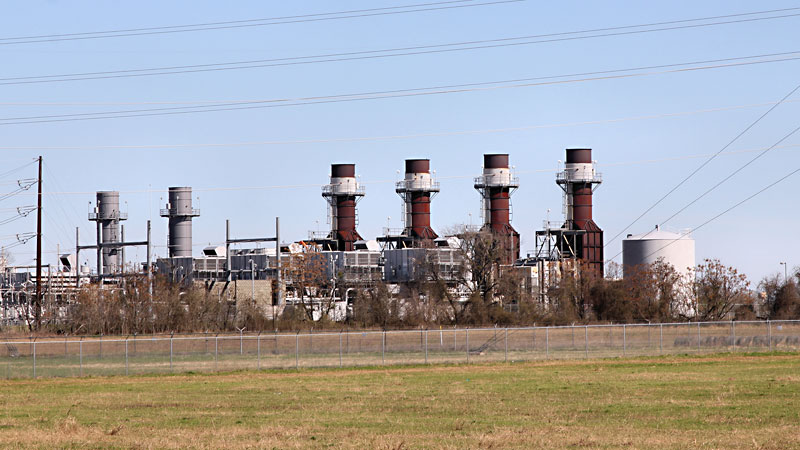Austin Energy's Proposed Rate Change Draws Controversy
Critics say the base rate increase will hurt low-income customers
By Lina Fisher, Fri., Sept. 2, 2022
In April, Austin Energy proposed controversial changes to its rate structure – an increase to the base rate for electric service (which covers the costs of operating the city-owned utility) from $10 to $25 per month, and a restructuring of the tiered rates that AE charges as a conservation strategy. The longstanding system, which currently has five tiers, charges people who use more electricity a higher price per kilowatt-hour (kWh). The utility wants to compress it into three tiers.
Stakeholders say the base rate increase is unprecedented and will hurt low-income customers the most, while the tier change will penalize those who conserve energy and cut costs for big energy users. Pushback from both residential and commercial ratepayers has forced changes to AE's rate case; Council will consider the updated proposal November 17, and new rates will go into effect in January 2023.
The last time AE changed its base rate was in 2017, when it decreased by 6.7%. Notably, in 2020, AE customers' average monthly bill was the second-lowest in Texas. But AE has been hurting financially, with $90 million net losses in fiscal years 2020 and 2021. Its original proposal would have raised overall rates by 7.6%, for a total revenue increase of $48.2 million, which would close that budget gap. But, during a three-day hearing in July, AE lowered their desired total revenue to $35 million. The impartial examiner that conducted the hearing will deliver its recommendation Sept. 9.
In addition, conservation incentives have essentially worked too well, and cost the utility too much. Those in Tiers 1 and 2 – customers using less than 1,000 kWh per month (with the lowest kWh prices as a reward) – accounted for 76% of all residential energy sales in FY 2021, the utility reported. AE says this means Austinites using its Customer Assistance Program – a discount for low-income households on the total utility bill – are shouldering a higher burden, and that reducing from five tiers to three tiers would create "greater equity for our more vulnerable customers." Stakeholders vehemently disagree.
In July hearings, an independent consumer advocate representing residential and small-business customers called AE's proposal "radical and unreasonable," and suggested a base rate change to increase revenue by 1%, not 7.6%. The ICA claimed a $25 base rate would be "far outside the range" of fixed rates currently charged by other municipal electric utilities in Texas (San Antonio and Lubbock are the two largest). "Under no circumstances should the residential customer charge exceed $13."

Dr. Ezra Hausman, on behalf of the Sierra Club, Public Citizen, and Solar United Neighbors, testified that the changes would "harm customers in the name of revenue predictability" and "be manifestly unfair to those with lower monthly energy usage." He added that the new tier structure disincentivizes energy conservation for the biggest consumers.
NXP, the semiconductor company you may remember as Freescale, is a major AE customer, and it's claimed that the process has been "far from transparent or impartial" and has a "needlessly condensed" timeline. They also point out that AE's 2021 cost-of-service study justifying the $25 base rate was not adjusted for Winter Storm Uri outages, to which AE responded in its August 9 closing brief that "while AE experienced significant storm-related outages, the expenses associated with those outages were not exceptional."
Many take issue with AE's analysis that CAP customers are using more energy than the average consumer: Hausman and Paul Robbins, an independent citizen who has been conducting audits of AE for years, contend that CAP customer numbers don't necessarily overlap with all low-income users and are only "a rough proxy for income level." Robbins, who has called CAP's eligibility screening into question before, says, "CAP only represents about 7% of AE residential customers, [whereas] households at 200% of the poverty level, the target for CAP participants, represent about 28% of Austin." That means many other low-income customers may not be enrolled. He also points out that AE's comparison of its projected rates to similar costs at other utilities like the Pedernales and Bluebonnet co-ops is misleading, because AE's "real peer group" would be municipal utilities like Lubbock and New Braunfels.
In its closing brief, AE says there isn't "any evidence ... that supports the idea that the number of tiers and the breakpoints of the tiers have any noticeable effect on energy conservation." As for the equity concerns, the utility argues that "all customer classes would experience charges that are closer to AE's costs incurred ... they are being under-charged by AE relative to what it costs AE to serve them." Because the current tier design was based on a 2009 test year and "residential consumption has changed greatly over the past 13 years," AE says it's outdated and that the new structure will retain incentives for conservation while more accurately reflecting the current cost of keeping the lights on.
* Editor's note, Thursday, Sept. 1, 2:35pm: This story has been updated to correct the headline, which suggested Austin Energy changed its revenue rate due to stakeholder pressure. Austin Energy says the change was unrelated.
Got something to say on the subject? Send a letter to the editor.









